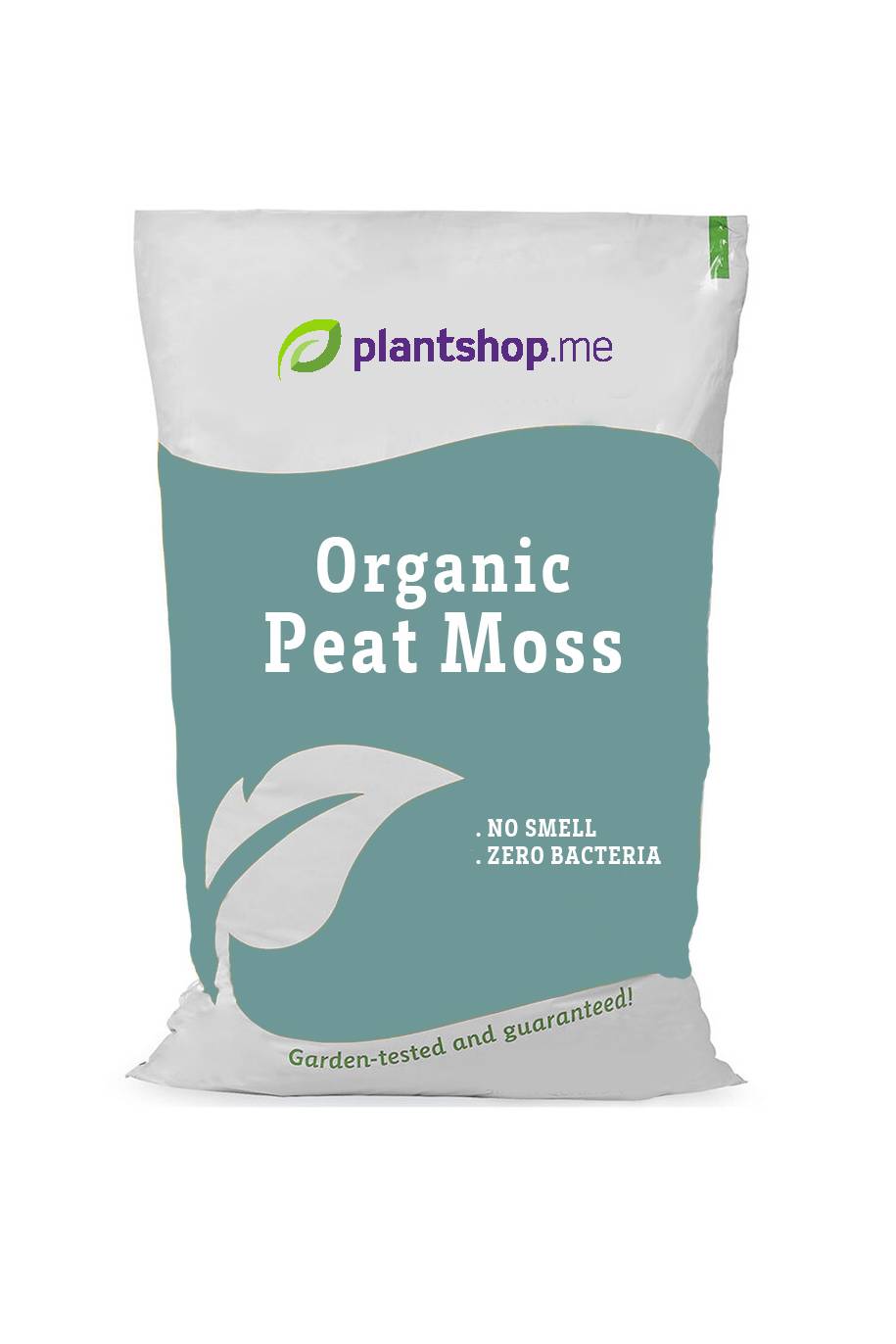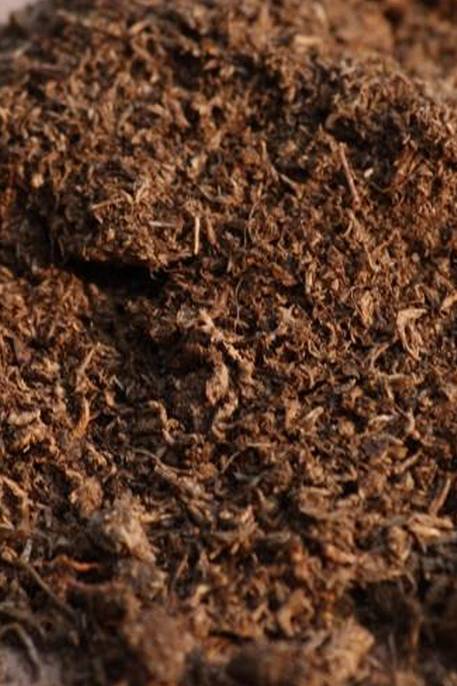Plant Bio
Polianthes tuberosa, commonly known as Tuberose, is a perennial plant known for its highly fragrant, waxy, white flowers. The plant produces tall spikes of flowers that bloom in late summer or early fall, often reaching heights of 2-3 feet (60-90 cm). The flowers open sequentially along the spike, releasing a powerful, sweet, and intoxicating scent that makes Tuberose a popular choice for gardens, perfumes, and cut flower arrangements. The foliage consists of long, slender, grass-like leaves that emerge from underground tubers, which are the plant's storage organs.
Care for Polianthes Tuberosa:
Light Requirements:
Tuberose thrives in full sun to partial shade. It needs at least 6 hours of direct sunlight daily to produce strong flower spikes. In hotter climates, it can tolerate some afternoon shade.
Soil:
Plant Tuberose in well-draining soil that is rich in organic matter. A sandy or loamy soil with a pH between 6.5 and 7.5 is ideal. Good drainage is essential to prevent the tubers from rotting.
Watering:
Keep the soil consistently moist but not waterlogged. Water regularly during the growing season, particularly in dry periods, but allow the soil to dry slightly between waterings. Reduce watering after the plant finishes blooming and enters dormancy.
Temperature:
Tuberose prefers warm temperatures and thrives in USDA zones 7-10. It requires temperatures between 70-80°F (21-27°C) for optimal growth. In colder climates, the tubers should be lifted and stored indoors during the winter.
Fertilization:
Feed Tuberose with a balanced, slow-release fertilizer in spring when new growth begins. You can also apply a liquid fertilizer every 4-6 weeks during the growing season to promote healthy foliage and abundant flowers.
Planting Depth and Spacing:
Plant tubers 2-3 inches (5-8 cm) deep with the pointed end facing up. Space them about 6-8 inches (15-20 cm) apart to allow for adequate air circulation and growth.
Mulching:
Apply a layer of mulch around the base of the plants to help retain moisture, suppress weeds, and regulate soil temperature.
Support:
Tuberose flower spikes can become top-heavy and may need staking, especially in windy areas. Use stakes or supports to prevent the spikes from bending or breaking.
Pest and Disease Management:
Tuberose is relatively pest-resistant but can be affected by aphids, spider mites, or slugs. Regularly inspect plants and treat infestations with insecticidal soap or neem oil. Ensure good air circulation around the plants to prevent fungal diseases like powdery mildew.
Overwintering:
In regions with cold winters, dig up the tubers after the foliage dies back. Clean them and allow them to dry in a warm, airy place for a few days. Store the tubers in a cool, dry location, such as a basement, in peat moss or sawdust until the following spring.
By following these care guidelines, your Polianthes tuberosa will reward you with beautiful, fragrant blooms that can be enjoyed in the garden or as cut flowers.





















